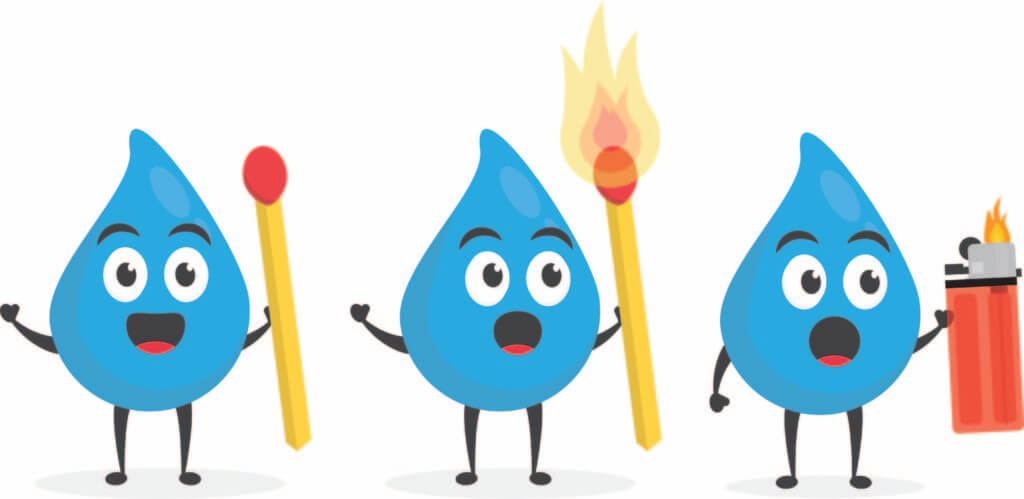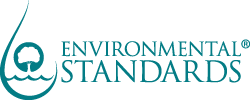US EPA is proposing changes to the hazardous waste regulations that will modernize how the hazardous waste characteristic of ignitability is determined under the Resource Conservation and Recovery Act.
The proposed rule to update the test methods for determining if a liquid waste is ignitable under the ignitability characteristic may potentially affect any entity (e.g., generator, laboratory) that currently conducts flash point testing using Test Methods for Evaluating Solid Waste: Physical/Chemical Methods (SW-846) Method 1010A (Pensky-Martens) or Method 1020B (Setaflash).
These methods are listed in 40 CFR 260.11 and required by 40 CFR 261.21(a)(1)., which in part, defined the ignitability characteristic. These methods incorporated by reference ASTM D 93-79 (Pensky-Martens) and ASTM D 3278-78 (Setaflash) into Methods 1010A and 1020B, repectively, as the required tests for ignitable liquid hazardous waste determinations.
The current approved methods are considered method-defined parameters and, therefore, must not be changed or modified. These methods currently reference outdated ASTM International methods which are to be updated as the purpose of this proposed rule.
Since the time of the initial regulations, multiple updates have been made to the ASTM methods to include new instrumentation and procedures. These updates have made it necessary to update the referenced methods to the regulations. Currently, US EPA is proposing the addition of alternative methods, ASTM D 8175-18 and D 8174-18, for reference and inclusion in Methods 1010B and 1020C. The proposed rule does not require laboratories to change methodologies, as the current methodology will remain for reference and use.
This proposed rule also provides for replacement of mercury thermometers, changes to aqueous alcohol exclusion, addition of sampling guidelines for multiphase mixtures.
For many years, Environmental Standards has audited laboratories for ignitability, and has noted multiple issues regarding compliance with these method-defined parameters. One issue of particular note is that clients continually request the use of Method 1010A and/or Method 1020B for determining of ignitability of solid material (i.e., non-liquid substances) which do not meet the sample type requirements of Method 1010A and 1020B.
The characteristic of ignitability is stipulated in 40 CFR 261.21 as the following:
“Solid wastes that are regulated as ignitable hazardous waste include: (1) Certain liquids with flash points below 60°C (140°F); (2) non-liquid substances that are capable, under specified conditions, of causing fire through friction, absorption of moisture, or spontaneous chemical changes and, when ignited, burns so vigorously and persistently that they create a hazard; (3) ignitable compressed gases; and (4) oxidizers.”
Neither Method 1010A nor 1020B can determine the characteristic of ignitability of solid material. However, there is no approved analytical method for determining this . Method 1030 listed in SW-846 is a burn-rate test for U.S. Department of Transportation requirements and not applicable for the determination of hazardous waste and, therefore, alternative methods must be developed by the laboratory to test these requirements.
Contact Environmental Standards if you have any questions regarding this proposed rule.



